William McKee Evans - Open Wound: The Long View of Race in America
Here you can read online William McKee Evans - Open Wound: The Long View of Race in America full text of the book (entire story) in english for free. Download pdf and epub, get meaning, cover and reviews about this ebook. year: 2010, publisher: University of Illinois Press, genre: Politics. Description of the work, (preface) as well as reviews are available. Best literature library LitArk.com created for fans of good reading and offers a wide selection of genres:
Romance novel
Science fiction
Adventure
Detective
Science
History
Home and family
Prose
Art
Politics
Computer
Non-fiction
Religion
Business
Children
Humor
Choose a favorite category and find really read worthwhile books. Enjoy immersion in the world of imagination, feel the emotions of the characters or learn something new for yourself, make an fascinating discovery.

- Book:Open Wound: The Long View of Race in America
- Author:
- Publisher:University of Illinois Press
- Genre:
- Year:2010
- Rating:5 / 5
- Favourites:Add to favourites
- Your mark:
Open Wound: The Long View of Race in America: summary, description and annotation
We offer to read an annotation, description, summary or preface (depends on what the author of the book "Open Wound: The Long View of Race in America" wrote himself). If you haven't found the necessary information about the book — write in the comments, we will try to find it.
In this boldly interpretive narrative, William McKee Evans tells the story of Americas paradox of democracy entangled with a centuries-old system of racial oppression. This racial system of interacting practices and ideas first justified black slavery, then, after the Civil War, other forms of coerced black labor and, today, black poverty and unemployment.
At three historical moments, a crisis in the larger society opened political space for idealists to challenge the racial system: during the American Revolution, then during the irrepressible conflict ending in the Civil War, and, finally, during the Cold War and the colonial liberation movements. Each challenge resulted in an historic advance. But none swept clean. Many African Americans remain segregated in jobless ghettoes with dilapidated schools and dismal prospects in an increasingly polarized class society.
Evans sees a new crisis looming in a convergence of environmental disaster, endless wars, and economic collapse, which may again open space for a challenge to the racial system. African Americans, with their memory of their centuries-old struggle against oppressors, appear uniquely placed to play a central role.
|Contents Acknowledgments Interpretative Overview Prologue: Race and the Human Race: The Long View The Colonial Period 1. How American Racial Inequality Began: Atlantic Slavery Becomes Market-driven and Color-defined 2. Anglo Americans Adopt the Atlantic Racial System 3. The Construction of Planter Hegemony: 1676-1776: English Sturdy Beggars Become American Sturdy Yeomen 4. The Era of the American Revolution: The Challenge to Slavery and the Compromise The Antebellum Republic 5. The Old Souths Triumph 6. The Old Souths Crisis, and the Emergence of the White Solidarity Myth 7. Emancipated But Black: Freedom in the Free States 8. The Planter and the Wage Slave: A Reactionary Alliance 9. King Cottons Jesters: The Minstrel Show Interprets Race for the White Working Class 10. The War of the Cabins: The Struggle for the Soul of the Common Man The Racial System Challenged and Revised 11. The Republican Revolution and the Struggle for a New Birth of Freedom 12. Reconstruction: The Radical Challenge, 1865-1877 13. Between Slavery and Freedom: The Conservative Quest for a Half-Way House The Racial System in a Rising Superpower 14. The Age of Segregation at its Zenith: The Racial System in a World of Colonialism 15. Radical Challenge, Liberal Reforms: New Allies for Blacks 16. The American Century, the American Dilemma 17. The Black Freedom Movement 18. The Racial System in an Age of Corporate Globalism, Technological Revolution, and Environmental Crisis Notes Index|A penetrating look at the complicated history of race in America.Booklist
Well-written, thoroughly researched, and well-documented work. . . . It is an excellent text for use in any history class covering the span of events in American history as well as in any African-American history course.Multicultural Review
It is good to have a volume that grasps the big picture and connects the beginning with the end in a long chain of causation.The Journal of American History
|
William McKee Evans is professor emeritus of history at California State Polytechnic University, Pomona. His books include Ballots and Fence Rails: Reconstruction on the Lower Cape Fear and To Die Game: The Story of the Lowry Band, Indian Guerrillas of Reconstruction.
William McKee Evans: author's other books
Who wrote Open Wound: The Long View of Race in America? Find out the surname, the name of the author of the book and a list of all author's works by series.

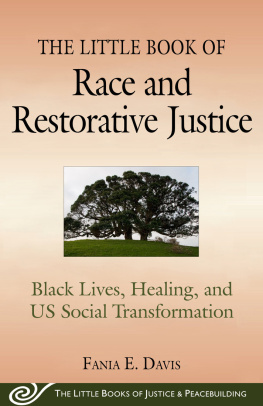


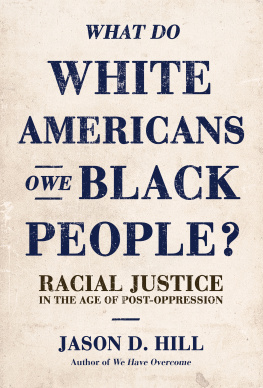

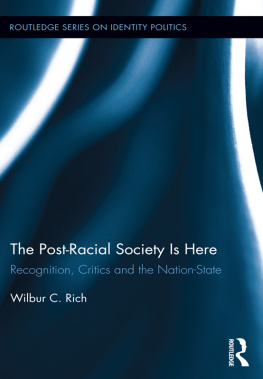
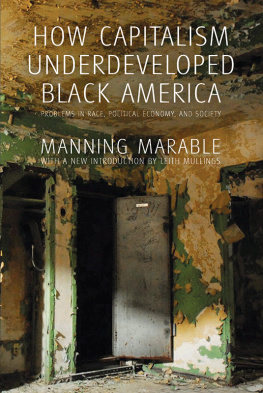
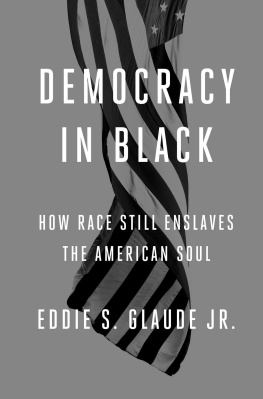
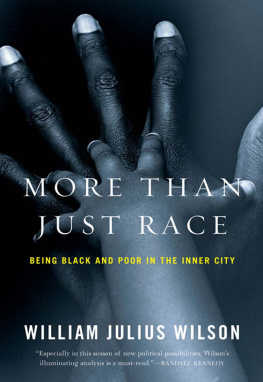

 This book is printed on
This book is printed on